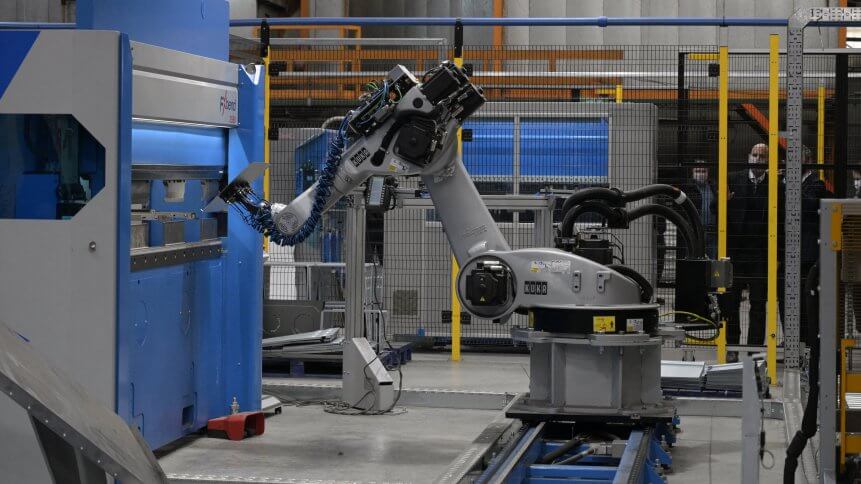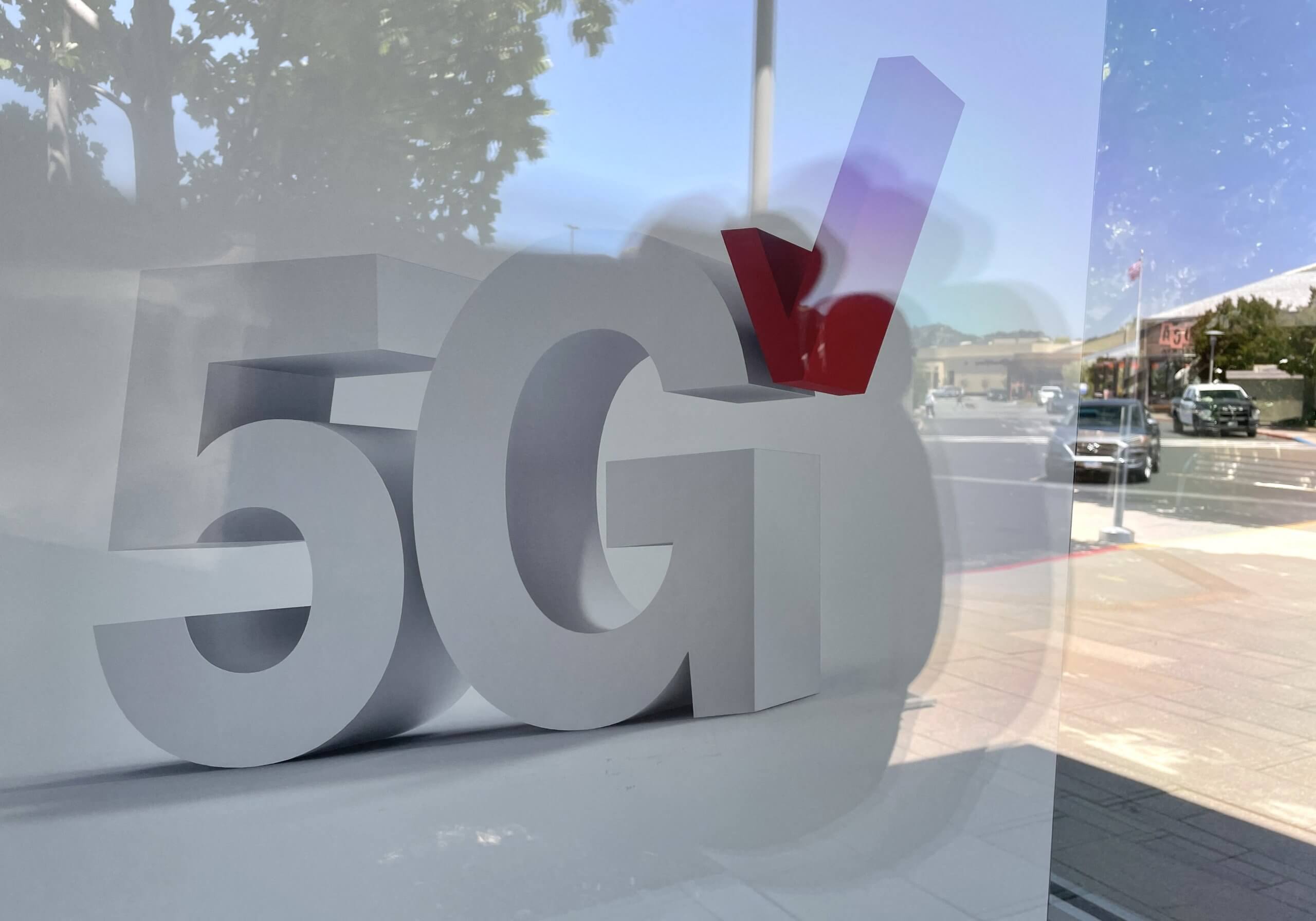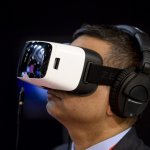Will the 5G and IoT convergence be an industrial gamechanger?

The convergence of 5G and IoT has been long discussed as game changer to industry. IoT devices and sensors provide valuable data insights for organizations today. For most businesses, especially those in data-driven industries — the more IoT devices you have, the more accurate data your business will have as well.
Plus, there is a growing assortment of IoT devices out there in the market: from sensors being installed on machines for predictive analytics to wireless sensors being installed on other devices to give real-time insights on business operations.
To get the best output from IoT sensors, having a strong network connection is key. Any latency issues in the network may give unfavorable or inaccurate results, depending on the sensor and device. For example, IoT sensors in food manufacturing plants work best in a connected private network that can send and receive data for best results, while IoT sensors in a fuel rig offshore have to be able to send data back without any network interference.
When 5G was first announced several years ago, the primary use cases for the network were mainly focused on helping industries have lower latency issues and handle data at much faster speeds. While commercial use cases of 5G were still highlighted, the value derived from industry 5G use cases showed why countries were racing to implement the technology as well.
According to the 5G in IoT by Connectivity, Infrastructure, Sensors, Devices and Things 2021-2026 report, the 5G in the IoT market will approach US$272.4 billion by 2026 with 5G- and IoT-enabled smart machines representing US$2.9 billion in global opportunity.
Deploying 5G and IoT

5G will enable better and faster IoT data analytics. (Photo by JUSTIN SULLIVAN / GETTY IMAGES NORTH AMERICA / Getty Images via AFP)
In fact, businesses will be able to deploy and manage IoT devices at a much larger scale with 5G. 5G will optimize IoT networks by way of radio frequency management that meets the needs of both narrowband IoT applications as well as those that require higher bandwidth, which may be on an on-demand basis.
With telco providers deploying Low Power WAN (LPWAN) IoT network capabilities, IoT solutions are expected to benefit greatly. Many industry verticals are willing to pay a premium over non-cellular LPWAN to gain access to enhanced flexibility and improved IoT capabilities.
Industrial IoT such as in agriculture, logistics, and manufacturing will experience more use case availability with LPWAN. For example, the agriculture industry will be able to leverage unmanned aerial vehicles or drones over the LPWAN for crop monitoring and such.
Apart from that, smart sensors are now becoming a major growth enabler in the IoT market. IoT wireless sensors in particular are expected to reach US$19.85 billion by 2026 with industrial IoT representing more than 90% of all applications areas.
North America will most likely have the biggest market share, due to its high concentration of large multinational corporations. And the Asia Pacific (APAC) region is also not far behind. APAC is expected to be the fastest-growing market, due to the increasing demand for virtual sensor solutions.
Some of the uses cases of IoT sensors include being embedded in industrial assets such as jet engines and wind turbines. The sensors collect real-time operating data, feeding it into virtual avatars that analyze the data for predictive outcomes. Virtual sensors also enable manufacturers to operate their factories more efficiently and receive timely insights into the performance of the products they produce.
With 5G and IoT convergence promising greater prospects in various industries, businesses also need to keep a close eye on IoT security. Most IoT devices and sensors are built with minimal security protocols. Despite there being some advancements in IoT security, most of these devices required additional security protection.
Just as how businesses are leveraging the speed and innovation of 5G and IoT, cybercriminals can also find ways to weaponize IoT and 5G to be beneficial towards them instead. Adequate cybersecurity protection needs to be looked upon seriously as any new technologies are added to the business.










